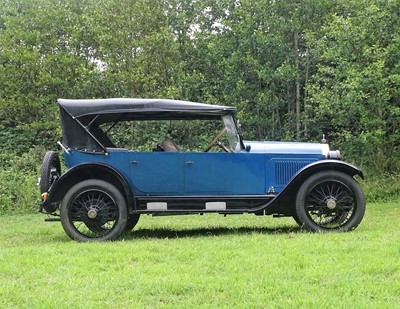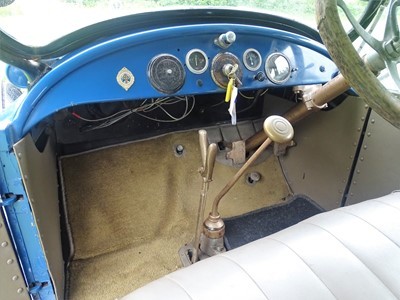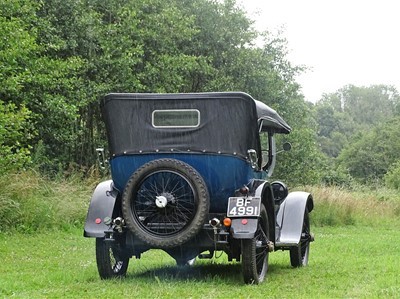1923 WILLYS KNIGHT MODEL 64 TOURER FOR SALE WITH H&H CLASSICS
USED BY THE ARCHBISHOP OF HOBART TO VISIT PARISHIONERS ACROSS TASMANIA
17/07/2020 Cars
Located in Somerset this 97 year old survivor of bushwacking journeys across Tasmania is understood to have been supplied new to Reverend William Barry (later Archbishop of Hobart) who used it to visit missions, schools and churches across Tasmania.
The car will be sold at H&H Classics July 22nd Live Auction Online for an estimate of £14,000 to £18,000.
It reportedly stayed in single family ownership for nearly ninety years. It has a powerful 3 litre, four-cylinder sleeve valve engine which has been previously overhauled and runs well. The 118-inch (9ft 10in) wheelbase provides spacious four-seater comfort with a hood and side screens.
Its owner for many years was one of five Irish brothers to join the Catholic priesthood, The Most Revered William Barry DD (later Archbishop of Hobart) was remembered in his obituary as a powerful and patriotic orator who left behind a litany of good deeds and helped found numerous schools and churches across Tasmania.
Renowned for his bravery during the Spanish Flu pandemic, he is understood to have used this Willys Knight Model 64 to help fulfil his missionary duties and to have had a special carrying case affixed to its nearside running board.

Entering the current ownership via a Charterhouse auction on 14th June 2015 for £16,800, the associated catalogue description stated: ‘BF 4991 appears to have remained in the same family ownership for nearly 90 years’. The Tourer’s 3 litre, four-cylinder sleeve valve engine starts readily and runs very smoothly which lends credence to it having been thoroughly overhauled at some stage. Indeed, the whole car has self-evidently undergone a degree of past restoration work.
The carpet is threadbare under the pedals but otherwise the interior is presentable with the sidescreens being housed in a case behind the front seats. Foxton flashing indicators were fitted many years ago with the orange lenses being renewed more recently. A well-proportioned, four-door design, the Model 64 sits on a 118-inch wheelbase not dissimilar to that employed by Bentley’s 3 Litre Speed Model (117.5-inch). A rugged, well-travelled machine with an interesting back story.

Model Background:
The meeting between car manufacturer John Willys and engine designer Charles Knight on a trip across the Atlantic to England during 1913 resulted in the former building almost 500,000 sleeve-valve engined vehicles over the next two decades. Quieter, more efficient and less wear prone than a conventional poppet valve unit, the ‘Silent Knight’ powerplant (as it was popularly referred to) boasted larger valve openings, hemispherical combustion chambers and a far less complicated valvetrain. The downsides to a sleeve valve engine were the greater manufacturing tolerances required and the need to pay a royalty on each one. Therefore, most sleeve-valve engined cars tended to be offered by luxury marques such as Daimler, Panhard, Mercedes-Benz, Minerva and Avions Voisins. Indeed, it was the 4,500 miles John Willys covered behind the wheel of a sleeve-valve engined Daimler in just fifteen days once he had reached England that convinced him of the design’s merits.

Introduced in 1914, the first Willys-Knight model, the K-17, featured a conventional ladder frame chassis with leaf-sprung suspension and rear wheel brakes. Arriving nine years later, the Model 64 cost less than half as much ($1,235 vs $2,750) but boasted greater performance thanks to its 3044cc four-cylinder sleeve-valve engine. Available with a choice of open or closed bodywork, it remained in production for two seasons and helped cement Willys-Knight’s status as the world’s foremost sleeve valve advocate.


